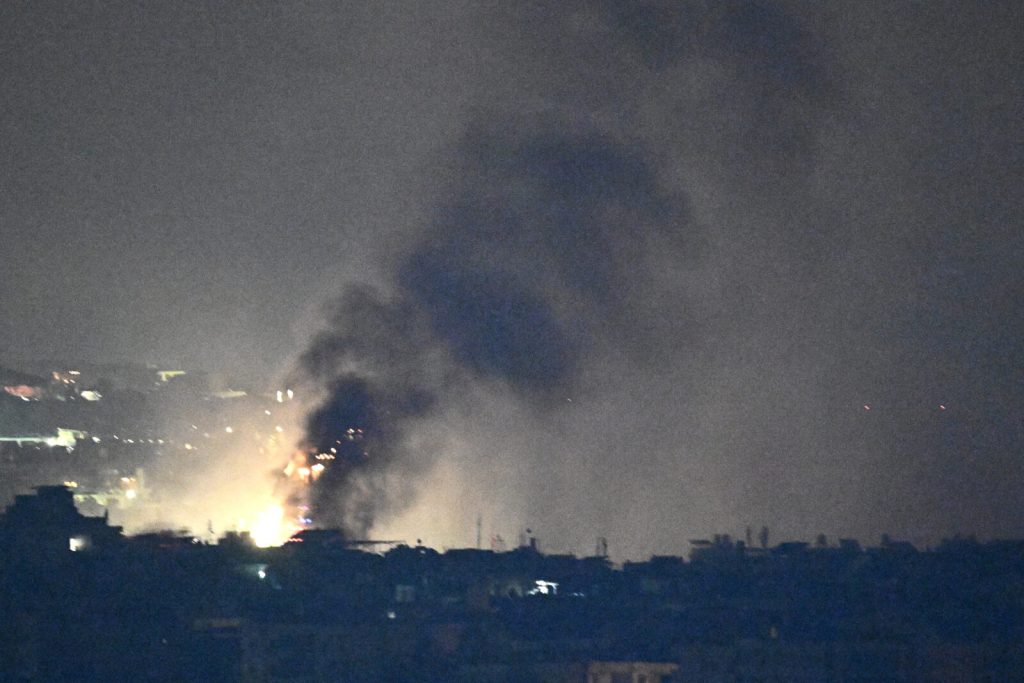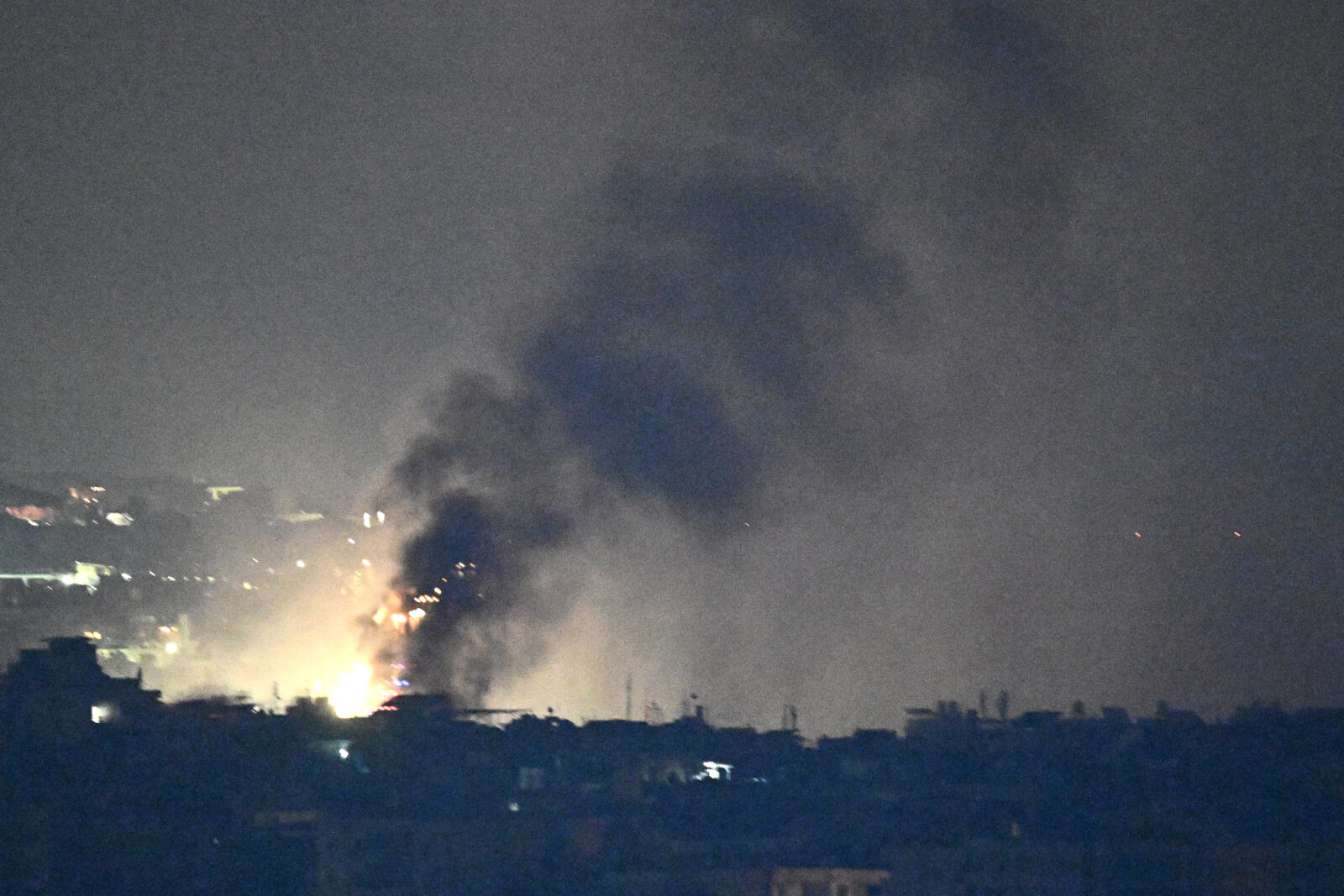
Israeli Airstrikes Target Ancient World Heritage Site in Lebanon

# The Endangered Heritage of Tyre Amid Rising Conflict: Cultural Preservation in Danger
The southern Lebanese city of **Tyre**, a UNESCO World Heritage site, is facing an unprecedented threat amid the ongoing conflict between Israel and Hezbollah. Repeated Israeli airstrikes have pounded the coastal city in recent weeks, with attacks intensifying as the Israeli military claims the area harbors command and control complexes run by Hezbollah, a political and military faction in Lebanon.
## The Rich Cultural Legacy of Tyre
Tyre is not just another city at the heart of the Middle Eastern conflict; it holds immense historical and cultural importance on the global stage.
Founded during the Bronze Age, Tyre was a prominent Phoenician city-state that dominated maritime trade routes through the Mediterranean Sea for centuries. Its rich history is reflected in the numerous archaeological remains peppered across the city. Tyre boasts some of the world’s most well-preserved Roman ruins, including:
– **Tyre Hippodrome**: A 2nd-century horse-racing stadium that could accommodate up to 20,000 spectators.
– **Al-Bass Necropolis**: Extensive burial grounds that date back to Roman and Byzantine times.
– **Aqueducts and Roman Baths**: Displaying the engineering brilliance of ancient civilizations that once thrived here.
These ancient sites are a testament to Tyre’s significance across civilizations, from Phoenicians to Romans, Byzantines, and the later Arab occupations, all leaving their indelible marks on the city’s architectural and cultural landscape.
In 1984, Tyre was designated as a **UNESCO World Heritage Site**, recognizing the city’s unparalleled contributions to the world’s shared human heritage. However, this great cultural patrimony is now under extreme threat due to the ongoing airstrikes.
## Recent Hostilities and Growing Risks
Since the start of the Israel-Hezbollah skirmishes, Tyre has been among the hardest-hit locations in southern Lebanon, largely due to its proximity to Hezbollah strongholds. In recent weeks, the **Israeli military has significantly ramped up aerial attacks on Tyre**, with numerous buildings either damaged or completely flattened. Israel claims that these strikes target Hezbollah’s military assets, but the **collateral damage to heritage sites and civilian areas** has sparked international concerns.
The conflict has essentially reduced many parts of the city to **ghost towns**, as civilians—many of whom had already fled airstrikes in other southern Lebanese areas—evacuate to avoid the bombings. Nevertheless, the Office of the Lebanese **Health Ministry reported 16 injuries in the Tyre region**, emphasizing the potential for severe civil casualty if the fighting continues to escalate.
The Lebanese authorities, deeply worried about Tyre’s fragile historical sites, have called for immediate international intervention. **Mohammad Wissam Mortada**, the Lebanese Minister of Culture, has reached out to **UNESCO** and other global organizations, urging them to take immediate action to **”protect civilians as well as irreplaceable cultural heritage.”** The local government is additionally coordinating with their **UNESCO ambassador** to ensure Culturally significant landmarks do not suffer irreversible damage by the airstrikes.
## The Obligation to Protect Global Heritage
The destruction of cultural heritage in conflict zones is not a new phenomenon. From the damaged remains of Palmyra in Syria to the obliterated ancient libraries in Timbuktu, the loss of priceless history has far-reaching consequences for humanity as a whole. Cultural sites like those found in Tyre are integral not just to local populations but also serve as critical repositories of knowledge for the entire world.
When war strikes, it is not just lives and homes that are lost but also centuries-old structures that provide deep insights into our shared past. UNESCO, since its foundation, has committed itself to **preserving culture and preventing “cultural cleansing” amid conflict.** Article 4 of the **1972 UNESCO World Heritage Convention** explicitly acknowledges the duty of nations to protect world heritage sites within their borders.
The climate of war, however, often makes the work of preservation nearly impossible. Though the **Israeli military asked the few remaining civilians in Tyre to move northward** in preparation for planned airstrikes, no coordinated effort has been made to shield the historic sites from potential damage.
Heritage conservation groups, architects, and historians worldwide have joined the call for immediate ceasefires in historically rich regions and are advocating for agencies like **ICCROM** and UNESCO to pursue diplomatic channels to avoid cultural erasure in Tyre.
## A Glimmer of Hope Through Preservation Cooperation
If there’s any hope in this dark situation, it lies in international efforts to document and preserve what’s left through modern technologies such as **3D scanning, remote sensing, and digital archiving**, which could help salvage information about damaged sites even if restoration later becomes impossible. UNESCO’s prior operations in war-torn areas, like Mali and Syria, provide the framework to at least **preserve knowledge**